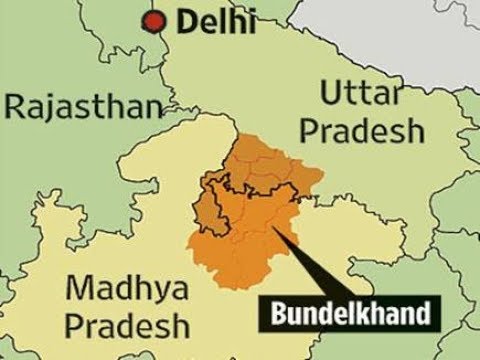7667766266
enquiry@shankarias.in
Orchha Monuments
Bundela Dynasty

Kailash Mansarovar
UNESCO Tentative List
Bonda Tribes
Particularly Vulnerable Tribal Groups (PVTGs)
Scheduled Tribe
1. Primitive traits;
2. Distinctive culture;
3. Shyness of contact with the community at large;
4. Geographical isolation; and
5. Backwardness – social and economic
Source: The Hindu, Business Line